Before children learn to read, they must first have an understanding of how sounds work within words. Learning to recognize and produce rhyme is one of the very first phonological skills that children acquire on their way to becoming proficient readers. Working with rhyme is an important component of the early childhood curriculum. Research tells us that most children learn to recognize rhyme by 5 (which words rhyme: cat, bug, rat) and can provide a rhyming word by 5 1/2. When children appreciate rhyme and are able to provide rhyming words, they show that they understand that words are made up of individual speech sounds which can be changed to create different words. That understanding is the basis of reading. Here’s a graphic explaining the difference between phonological awareness, phonemic awareness and phonics. For more information, you may wish to visit the Phonological Awareness, Phonemic Awareness and Phonics blog post.
Click the following link to download this handout Phonological-Awareness
There is a developmental sequence for the acquisition of phonological awareness skills. This handout outlines the steps- it’s a helpful reference for our preschool and kindergarten teachers.
Click the following link to download this handout Developmental Stages of Phonemic Awareness
Teaching students to recognize and produce rhyme is a whole lot of fun. Using books with rhyme is a great way to introduce this concept. When you read rhyming books, children are exposed to the rhythm of language. Using books in this manner also improves oral language development. Here are a few of my favorite books:
My children are all now in college so digging these books from the depths of the old bookshelves has certainly brought back memories! I loved reading these books to my own children and just couldn’t bear to part with them. My all time favorite rhyming book is Jamberry by Bruce Degen. I can tell that our book was very much loved as the spine is nearly falling apart. Of course, you can count on Dr. Seuss for all things rhyme. Green Eggs and Ham and Fox in Socks were two of our favorites. Although not in my own bookshelf, Is Your Mama a Llama and Sheep in a Jeep were two books that I often used when I was teaching preschool.
Matching games are also ideal for teaching students to recognize and produce rhyme. I always like to incorporate a holiday or seasonal theme into the activity. Here’s an example of the mitten match game that we use during the cold months of winter:
The candy corn game is certainly a favorite! Students beg for this activity way past Halloween!
These activities are just two of seven contained in the Big Bundle of Rhyme Activities.
The Big Bundle of Rhyme Activities is available through my online Teachers Pay Teachers store or within the Make, Take & Teach website.
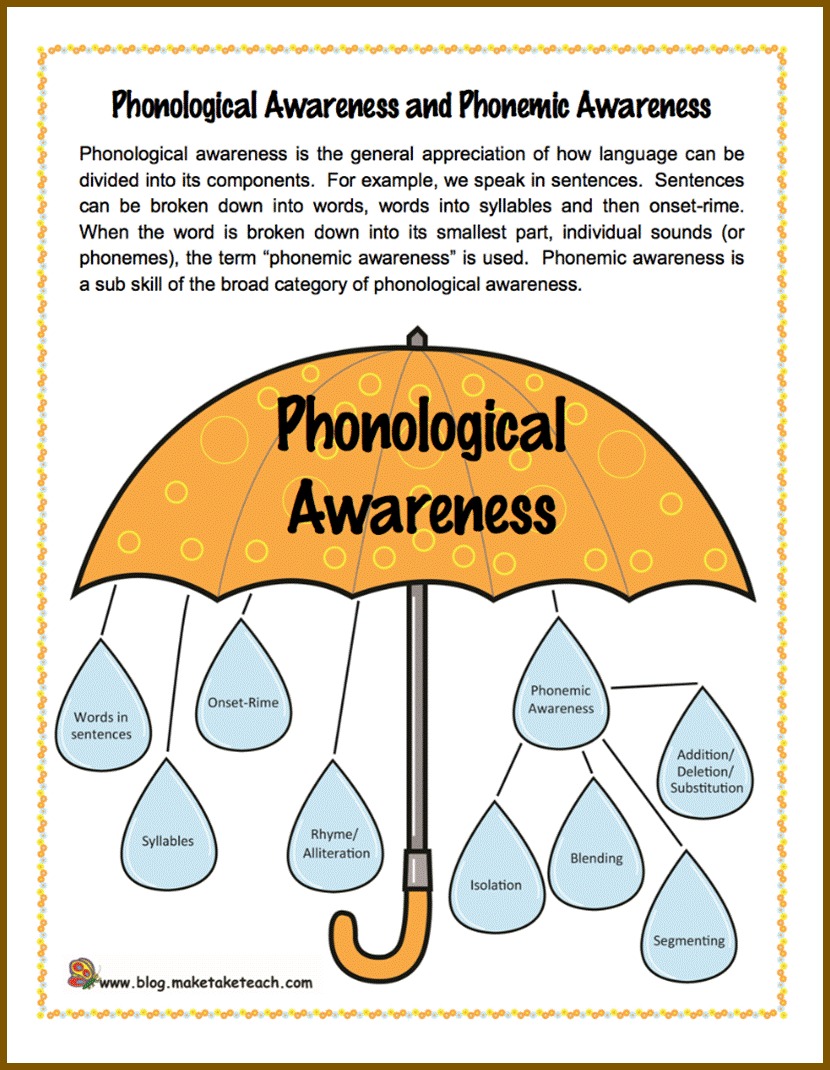
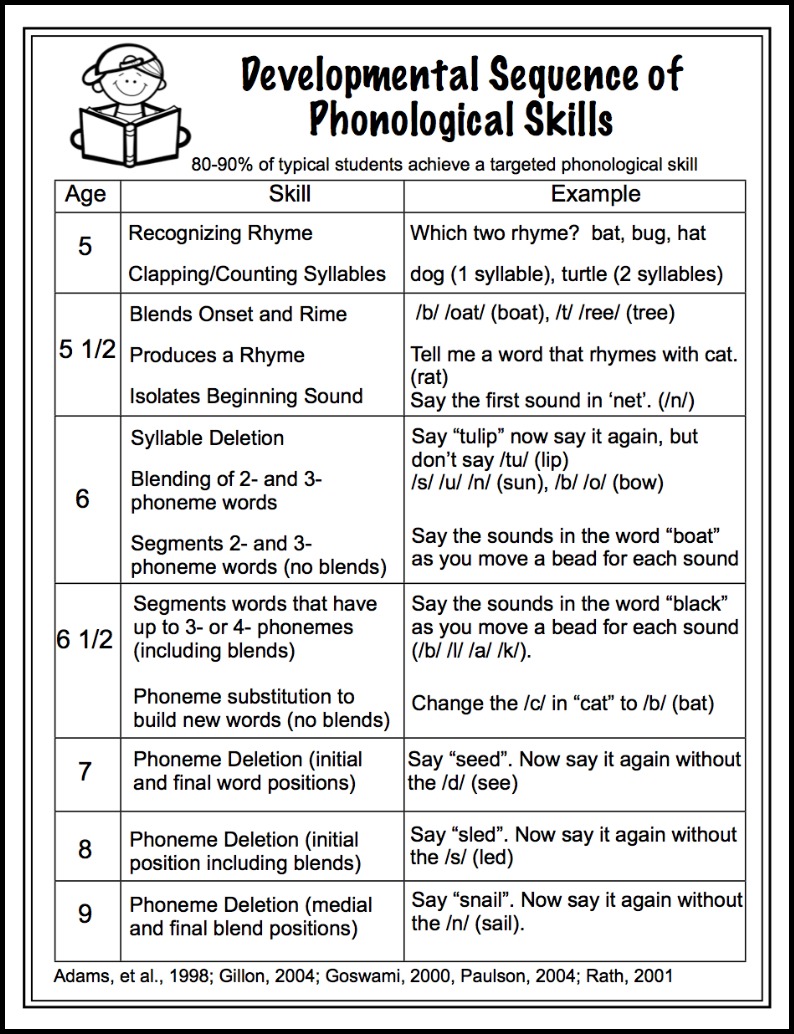
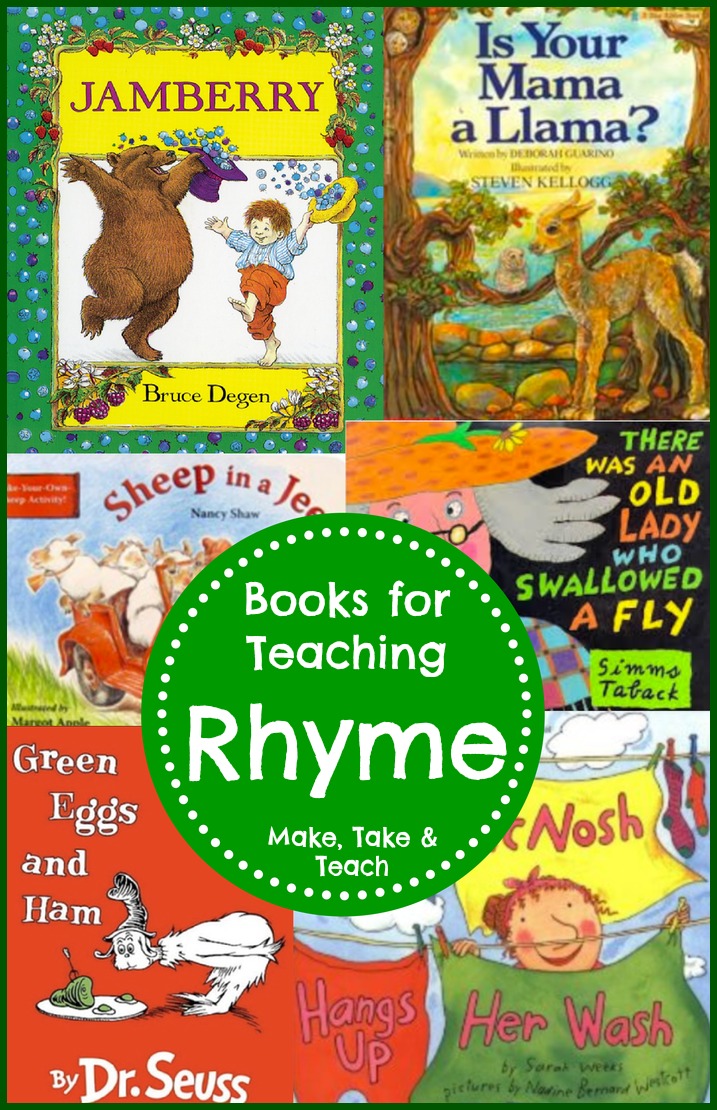
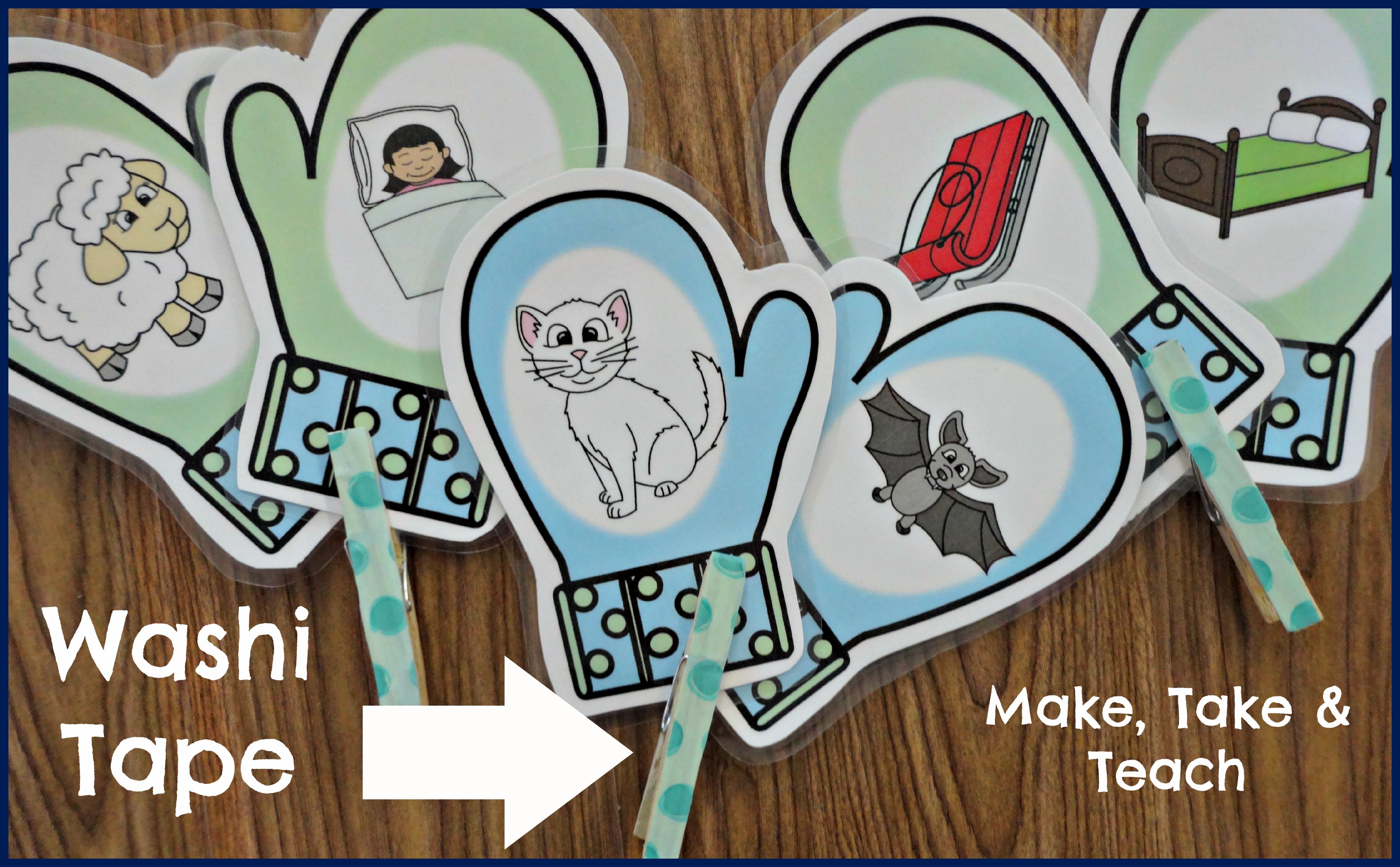
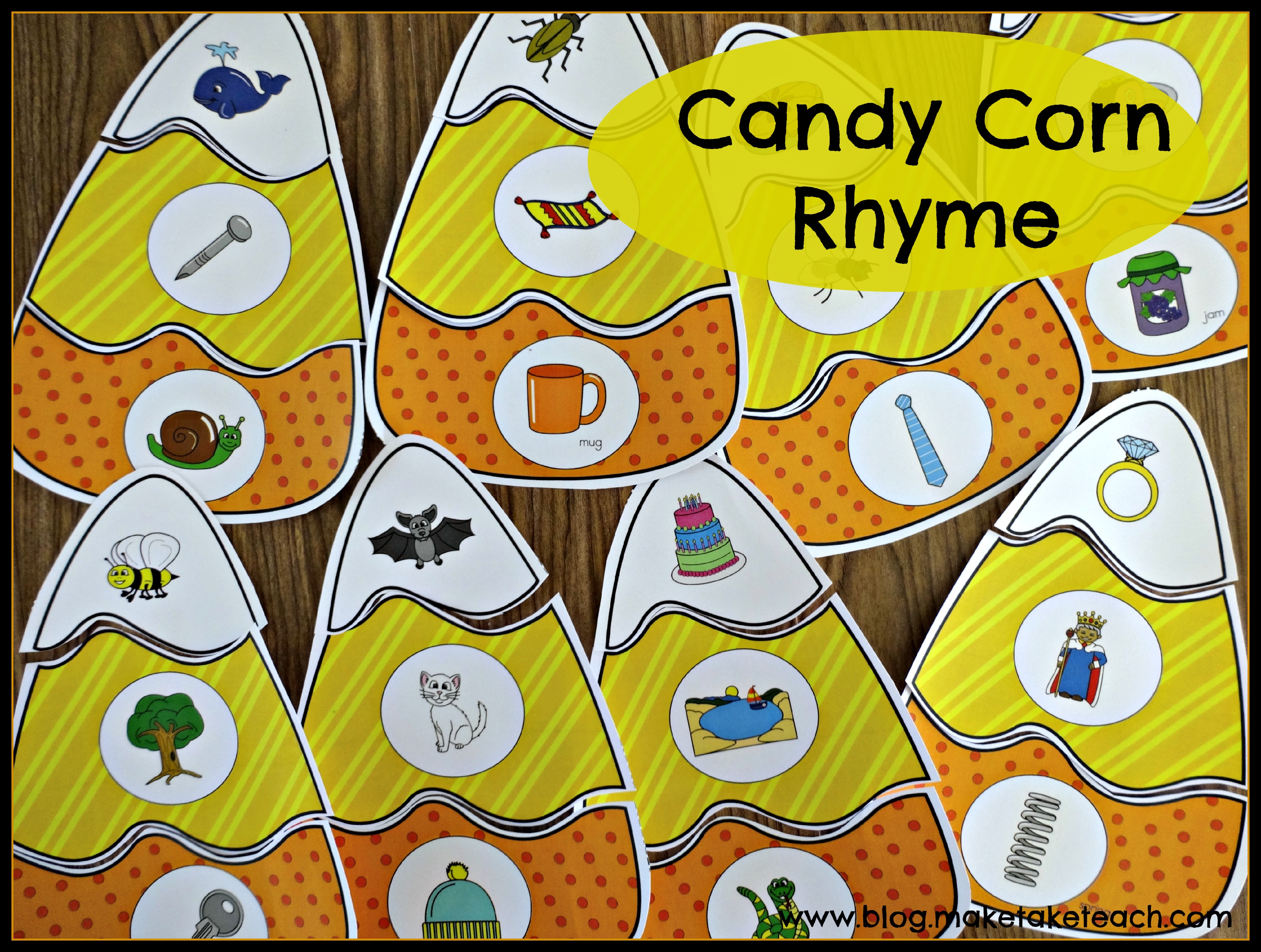
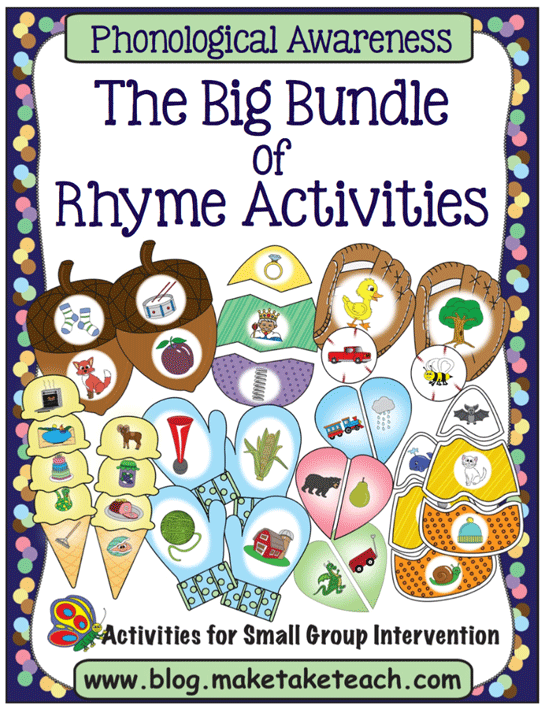
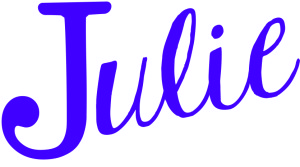


Leave a Reply